10 Tips for Storing and Displaying Your Vintage Pyrex Collection
If you’re a Pyrex enthusiast, displaying and storing your collection properly is key to preserving its vibrant colors and intricate designs. Whether you’re showcasing rare patterns or everyday pieces, careful handling and storage can keep your vintage Pyrex looking as beautiful as the day you acquired it. With the right tips, you can protect your collection from damage while highlighting its unique charm.
This post may contain affiliate links, which helps keep this content free. Please read our disclosure for more info.
Use Soft, Non-Abrasive Cloths for Cleaning
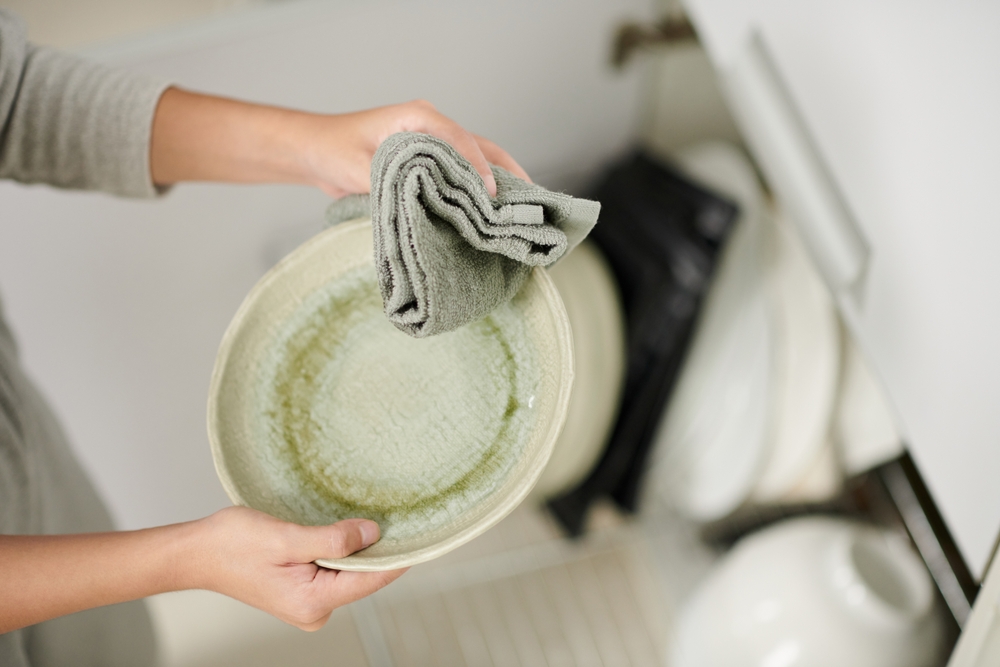
When cleaning vintage Pyrex, it is crucial to avoid using abrasive materials, as these can scratch the glass or damage the design. A soft microfiber cloth or a gentle sponge is ideal for removing dust and grime without causing harm. Harsh chemicals or rough scrubbers can cause permanent dulling, particularly on the intricate patterns and vibrant colors that make Pyrex so appealing. Cleaning with care will help preserve both the glass’s clarity and the artwork, allowing your collection to remain in excellent condition for years to come.
Additionally, always make sure to dry your Pyrex pieces immediately after washing to prevent water spots from forming. Water spots, especially on colored or patterned pieces, can be difficult to remove once they’ve set. Drying the pieces with a soft towel will prevent such marks and keep your collection looking as pristine as the day you acquired it.
Store in a Dry, Cool Location

Vintage Pyrex can be sensitive to environmental factors such as humidity and temperature extremes. It’s essential to store your collection in a dry, cool space to prevent potential damage. High humidity can lead to moisture buildup, which, over time, could cause the glass to weaken or even develop cracks. Similarly, storing your pieces in places where the temperature fluctuates, like near heating vents or air conditioning units, can increase the risk of thermal shock, causing Pyrex to break.
To best preserve your pieces, choose a storage area that maintains a stable, moderate temperature. Avoid keeping them in areas like kitchens or garages where conditions can change rapidly. By storing Pyrex away from moisture and temperature fluctuations, you will maintain both its durability and its vibrant aesthetic for years to come.
Avoid Stacking Too Many Pieces on Top of Each Other
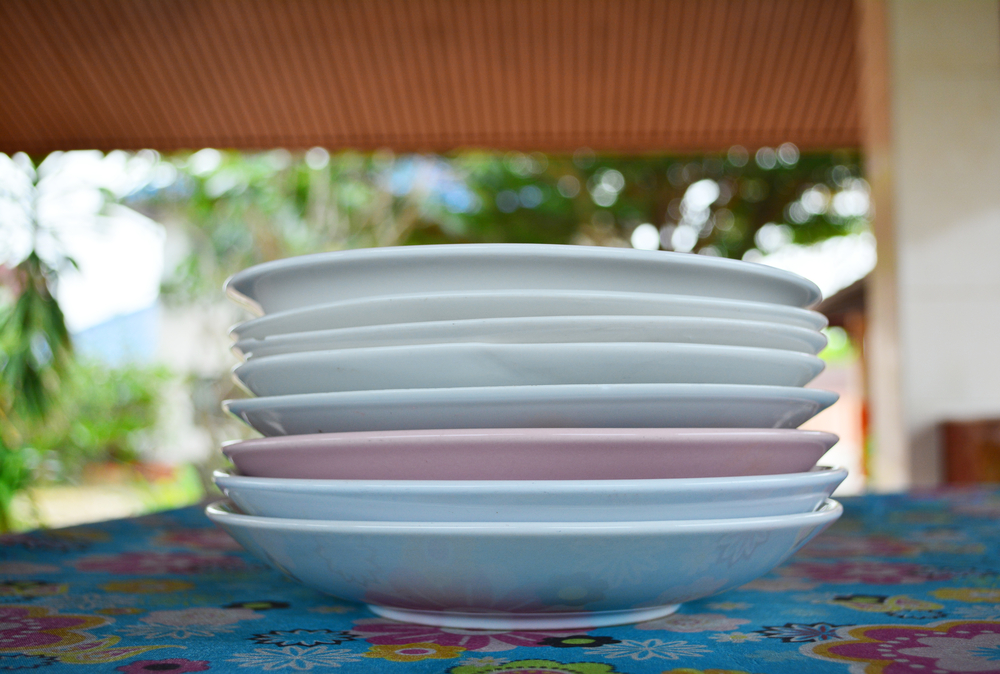
While stacking your Pyrex can be an easy way to save space, it’s not the best method for preserving the collection. The weight from the pieces on top can cause chips or cracks, especially on older or more delicate items. Additionally, when stacked, the bottom pieces may end up with abrasions from the surfaces of the pieces above them. This can lead to surface damage that diminishes the appeal of the patterns and colors that are so characteristic of vintage Pyrex.
To preserve the integrity of your collection, store each piece separately, either in a display cabinet or on shelves with ample space between items. This approach reduces the risk of accidental damage while allowing each piece to be admired for its beauty and craftsmanship. If you must stack, consider using a protective layer of soft cloth or felt between each item to protect the surfaces.
Display on Shelves with Glass Doors for Easy Viewing
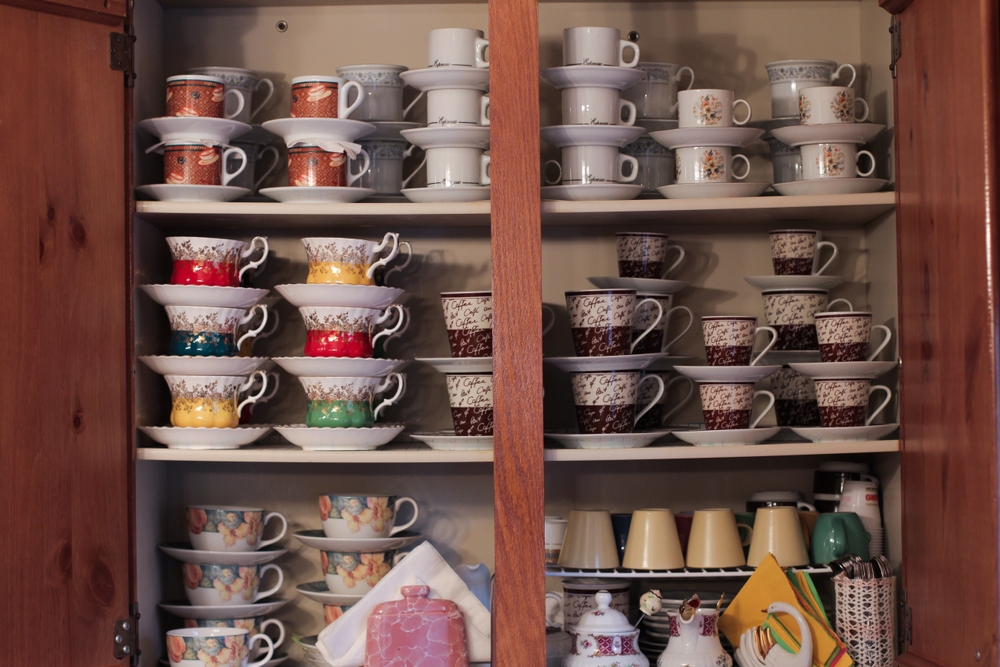
Displaying your vintage Pyrex collection behind glass doors is an excellent way to showcase its beauty while protecting it from dust and accidental damage. Glass-fronted cabinets keep the pieces safe from the elements while allowing you to admire the vibrant colors and patterns. Displaying your collection also makes it easier to keep track of your items and show them off to guests or other collectors.
When choosing a display cabinet, look for one with adjustable shelves to accommodate different sizes of Pyrex pieces. Make sure the shelves are deep enough to hold your collection securely, without overcrowding. This way, each piece can shine in its own space, making it a central feature in your home or collection.
Avoid Direct Sunlight Exposure
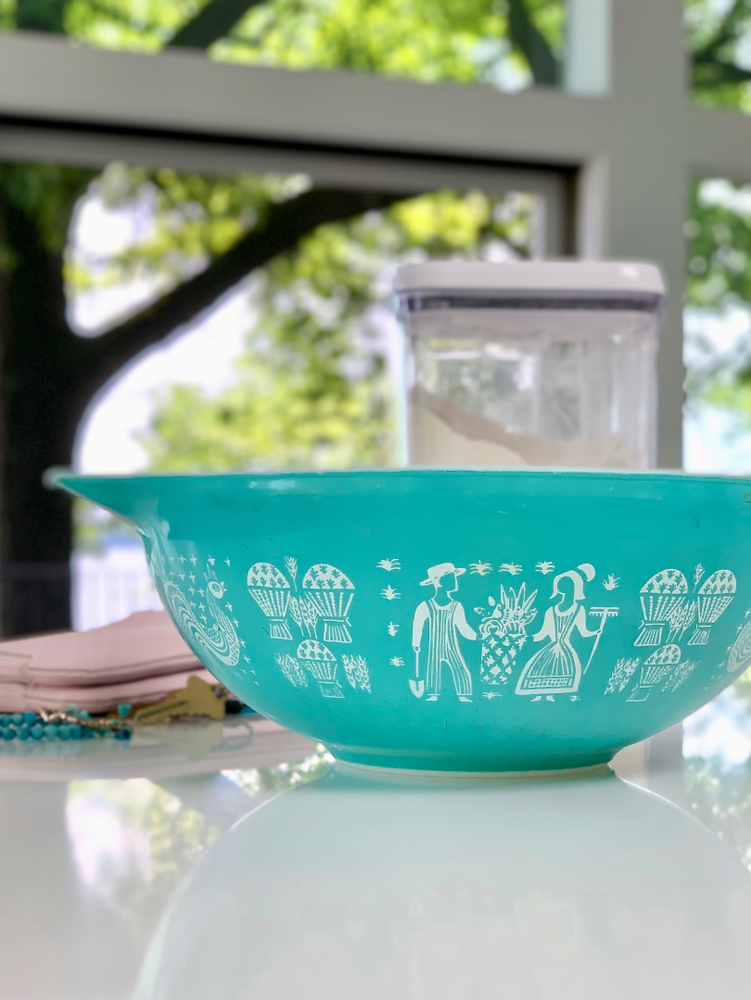
Prolonged exposure to direct sunlight can cause the colors on vintage Pyrex to fade over time. The vibrant hues and intricate patterns that make these pieces so desirable are particularly susceptible to UV rays. To preserve the artwork on your Pyrex, ensure that it is kept out of direct sunlight, whether it’s in storage or on display.
If your display area does get a lot of sunlight, consider using UV-protective window film or placing the cabinet in a darker corner of the room. This will help maintain the vibrant appeal of your collection and prevent sun damage, ensuring that your Pyrex pieces remain as visually striking as when they were first made.
Store in Protective Cases for Travel
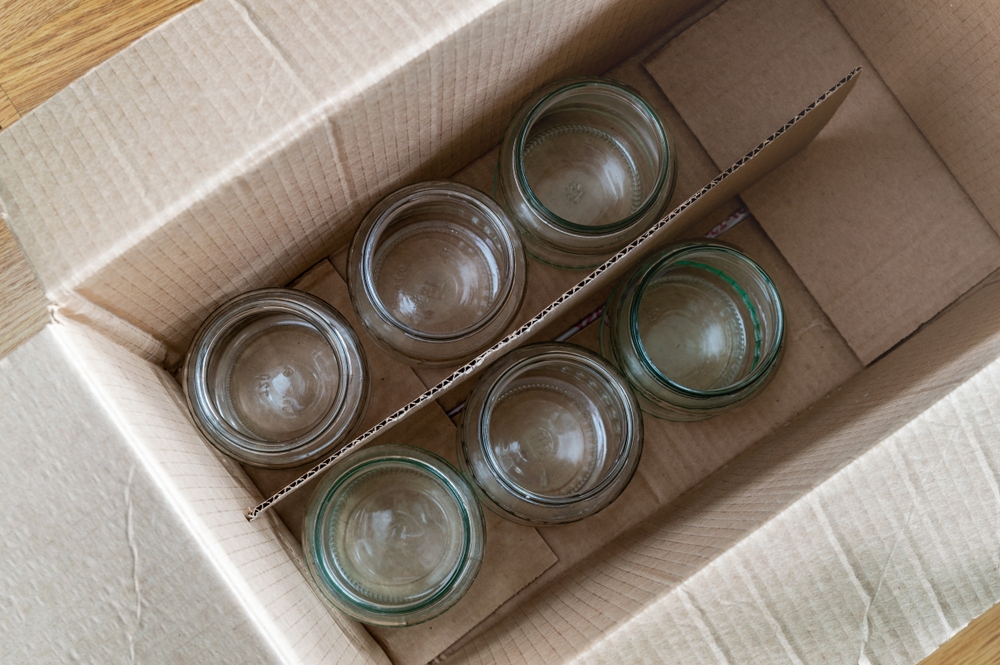
If you need to transport your vintage Pyrex pieces, always pack them in protective cases to prevent damage. These cases can be padded with soft materials like bubble wrap or foam to cushion the pieces and protect them from shocks and impacts. Even during a short trip, rough handling can cause significant damage to the glass, which is why proper packaging is essential.
When packing, make sure the items are secured tightly so they cannot move around during transport. This will reduce the risk of accidental bumps that could chip or crack the glass. With careful packing, you can safely travel with your Pyrex collection without worrying about damage.
Handle with Care During Everyday Use
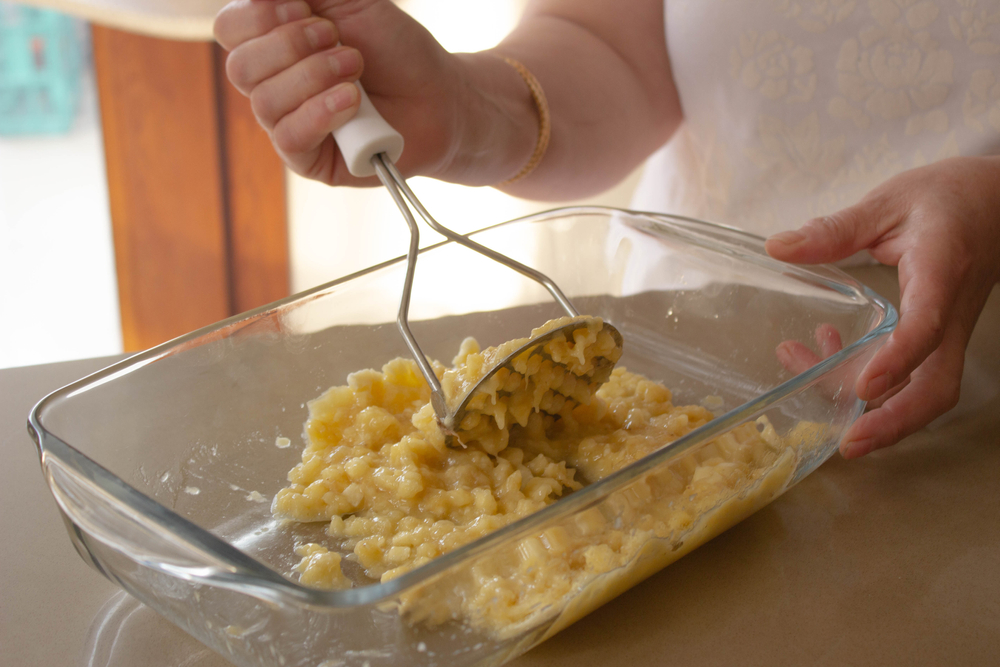
Vintage Pyrex is meant to be used, but handling it with extra care during daily activities is key to preserving its appearance. Always lift pieces by their handles or base, not by the rim, as this helps avoid stress on the glass. Avoid placing Pyrex directly onto hot or cold surfaces, as the rapid temperature change can cause it to crack or break.
Additionally, if you’re using Pyrex for food preparation, make sure not to subject it to extreme temperatures. For instance, avoid placing a hot Pyrex dish in a cold sink or directly under cold water, as the sudden temperature change can cause the glass to shatter. Using common sense and a gentle hand will help your vintage pieces stay intact and beautiful.
Use Non-Slip Pads for Displaying on Shelves
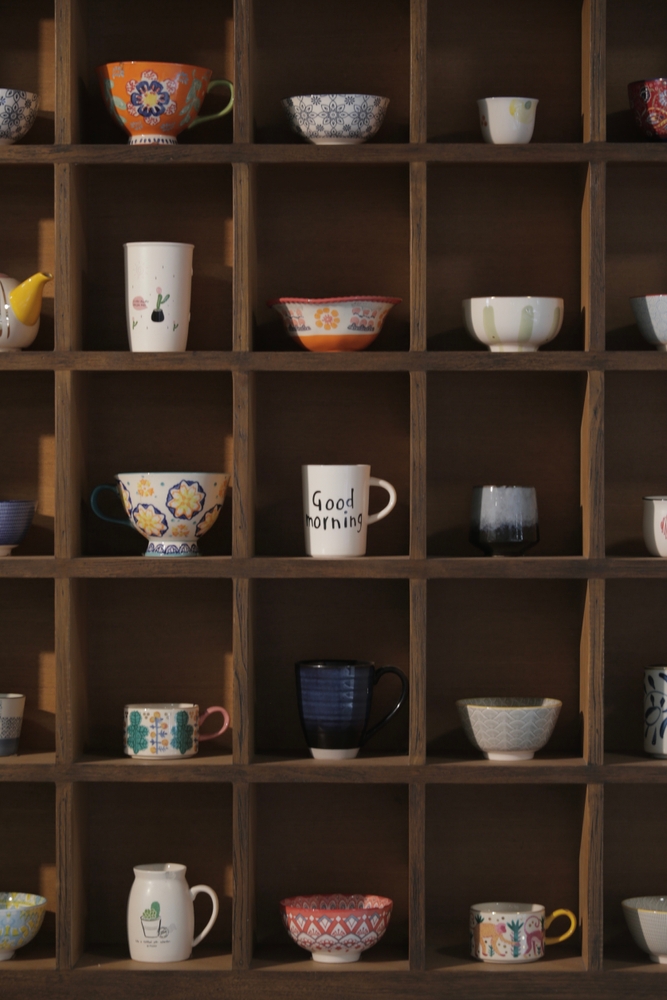
To prevent Pyrex from sliding around or tipping over, it’s a good idea to place non-slip pads under each piece when displaying it on shelves. These pads will provide extra stability, ensuring that your pieces stay securely in place. This not only helps to avoid accidents but also keeps the collection neatly arranged and prevents scratches from sliding or shifting.
Non-slip pads are inexpensive and easy to use, and they come in a variety of sizes to fit your collection’s needs. By adding this simple layer of protection, you can display your vintage Pyrex with confidence, knowing that the pieces are safely secured on the shelves.
Store in a Climate-Controlled Room
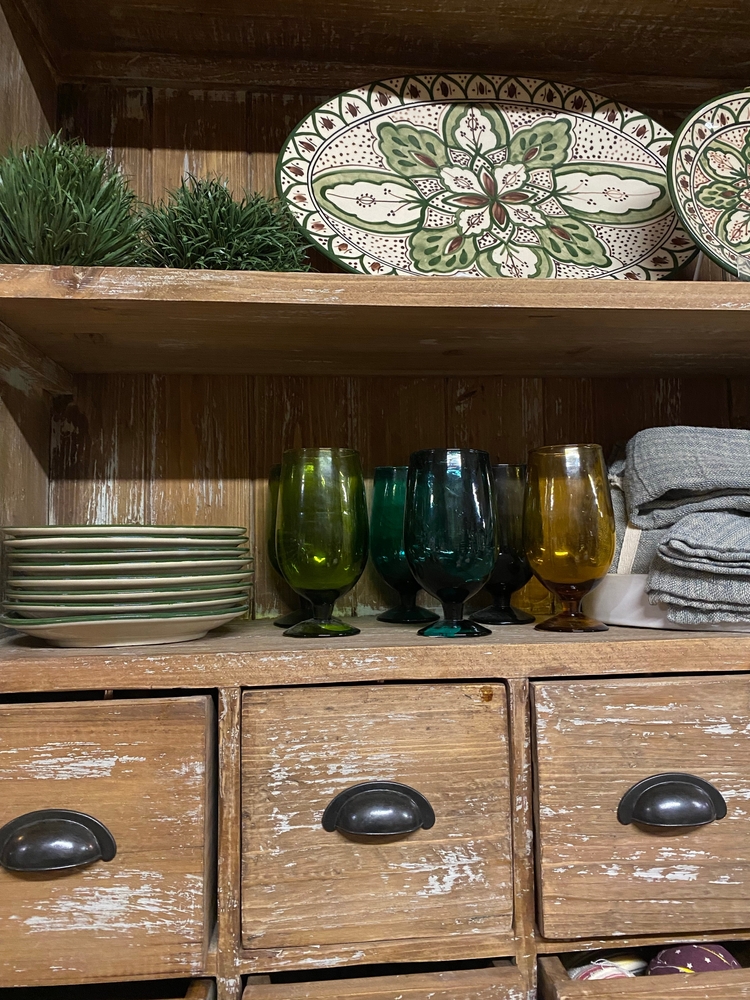
If you’re storing a large collection of vintage Pyrex, consider placing it in a climate-controlled room. This room should have consistent temperature and humidity levels, which will reduce the risk of damage from fluctuating environmental factors. Keeping Pyrex in an environment that’s too dry or humid can cause the glass to weaken or the patterns to fade.
A climate-controlled space ensures that your collection is preserved in the best possible conditions, keeping both the glass and the designs in pristine condition. This approach is especially helpful if you live in an area with extreme weather conditions or fluctuating humidity levels.
Keep a Record of Your Collection
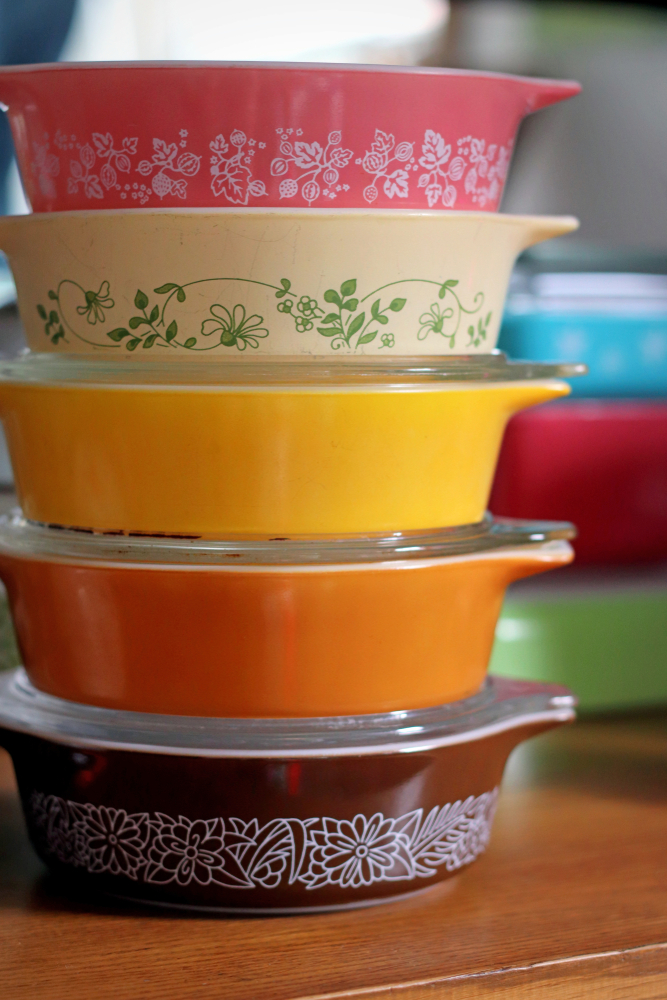
For collectors, maintaining an inventory of each Pyrex piece can be an invaluable tool. Not only does it help you track your collection, but it can also serve as a reference if you ever need to repair or restore a piece. Keeping a record of the model numbers, colors, and patterns ensures that you can accurately identify your Pyrex and find the right parts or replacements if needed.
You can keep the inventory on your phone, computer, or in a physical notebook. Adding photos of each item with detailed descriptions will make it easier to remember the condition and history of each piece, which is especially helpful when dealing with vintage Pyrex.
This article originally appeared on Avocadu.
